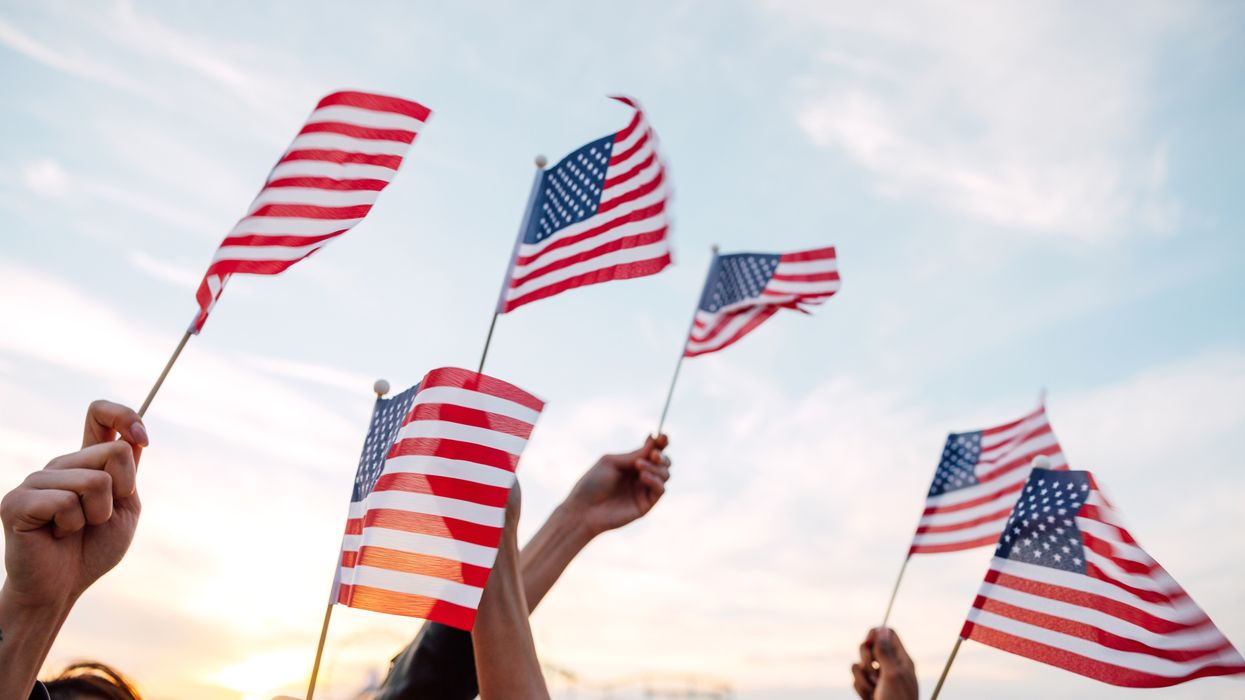Anderson edited "Leveraging: A Political, Economic and Societal Framework," has taught at five universities and ran for the Democratic nomination for a Maryland congressional seat in 2016.
I am against third parties because they paint a target on their backs. The Democratic and Republican parties are thus able to aim and fire at the third parties and almost always knock them down. Candidates who run on the left under the Green Party or on the right under the Libertarian Party almost always lose, although the Green Party manages to win a few seats every year at the local level.
Taking on the Democratic and Republican parties requires that individuals, running on their own and not the voice of an institution, take on the two institutions. Although the parties are instrumental in helping their candidates win elections, each contest must be won one race at a time. Individuals who are anti-establishment — anti the two-party system — can upset the party institutions with the right kind of backing and ingenuity.
Independent candidates need to fight like the colonists fought in the Revolutionary War. They cannot face their opponents head on because they will typically lack the financial means necessary to be competitive. Instead, they must be creative, they must surprise their opponents, and they must outmaneuver them with the internet and social media. But because some officeholders may switch from one of the major parties to being an independent, the transformation to tripartisanship need not be accomplished entirely at the ballot box.
Independents — who, according to Gallup, who made up 43 percent of voters in 2023 — should not align themselves with other independents to try to destroy the major parties. Instead, they should run more or less independently from other independents and aim to weaken the two major parties, by as little as five or six seats in the Senate and 15 seats in the House. As Charles Wheelan argued in “ The Centrist Manifesto,” a "fulcrum strategy" would give leverage to centrist candidates who could force the two parties to compromise, especially in the Senate, where 60 votes are needed to pass legislation.
The key to success for independent politicians is not to align with others of like ideological perspectives. Paradoxically, independents will have more success if they run from diverse ideological perspectives. This will enhance their abilities to remove targets from their backs, making it harder for their opponents to label them as subversive to the political order.
Once independents in the Senate and the House increase in numbers they should create an institution, such as an Independent Caucus. Then they should leverage their institutional power to compel the two parties to negotiate with them in order to reach not bipartisan but tripartisan solutions to major policy issues ranging from immigration and entitlement reform to climate change, child care, paid parental leave and gun safety.
Independent candidates for president are good for the system insofar as they get citizens to contemplate alternatives to the two major parties, but they are harmful to the extent that they illustrate how it is virtually impossible to win an independent presidential campaign in an election under the Electoral College system.
Independents will need to supply the votes to reach 60 enough of the time in order to keep their seats and promises to the public to end polarization in Washington. Like everyone else in politics and life, these independents will have to make compromises. Because they will want to keep their seats, the hypothesis is that they will be compelled to vote for some bills that do not speak to their interests. It is impossible to know in advance if this bold hypothesis is correct. History is frequently made when major changes were regarded as poor bets.
Finally, as the independents in the next few elections gain power, an organization will be needed to mobilize even more independent candidates and more voters. Existing organizations that speak for independents can help orchestrate this development. Creating an organization will be catalyzed by the formation of a social movement. Independents — like African-Americans, women, the LGBTQ community, the religious right and environmentalists — will ultimately need a social movement. Yet it is premature at this time to try to start a social movement. Independents must start running before the baton can be handed to them.
Together, politicians and citizens should aim for achieving tripartisanship in 10 years. Let’s call it the TINT movement.




















